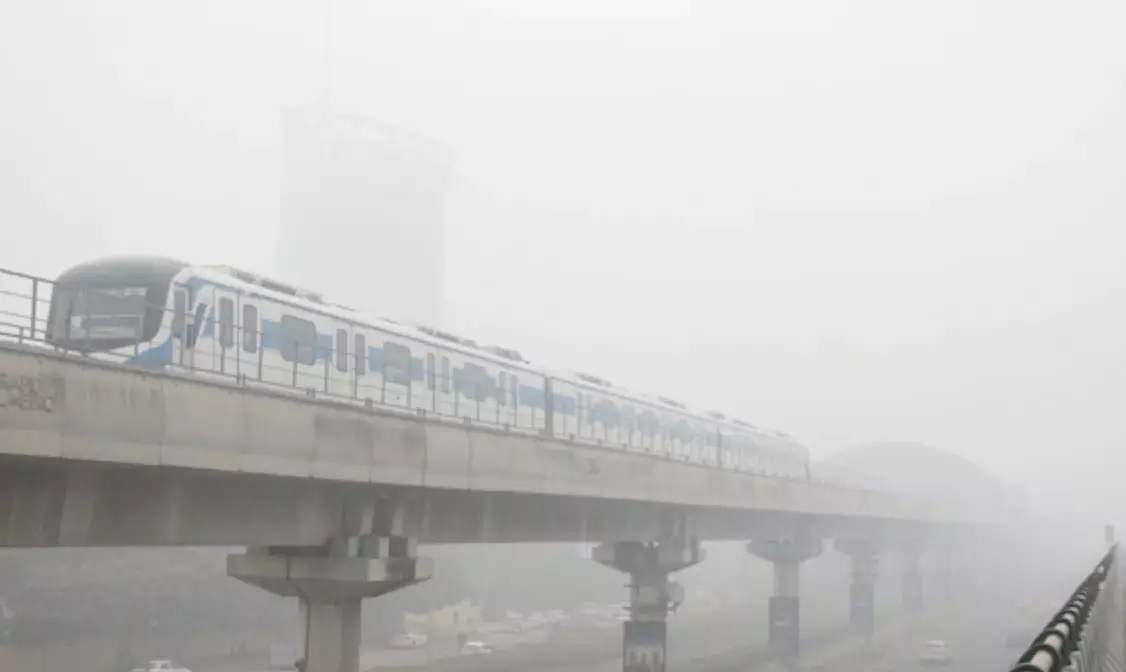GRAP IV measures show initial impact on Delhi's air quality
GRAP IV measures show initial impact on Delhi's air quality

After the pollution levels in Delhi-NCR spiked past the 500 mark on Monday, the stringent GRAP IV measures have started to show results. In an exclusive interview with NDTV, Arvind Nautiyal, Member-Secretary of the Commission for Air Quality Management, reported that the Air Quality Index (AQI) has dropped from 500 to 467.
Nautiyal stated, "Today, visibility has improved. There has been some change in the weather, but the pollution has reduced due to GRAP-IV."
On Monday, the pollution level surged dramatically, maintaining a high AQI of 500 in several areas. As of 6 am today, Delhi's overall AQI stood at 494, falling within the 'severe plus' category, according to the System of Air Quality and Weather Forecasting and Research (SAFAR).
"The pollution level had increased significantly across the city... and the AQI level had reached close to 500. We have 40 pollution monitoring centers in Delhi-NCR," Nautiyal explained.
The meteorological department forecasts further weather improvements in the coming days, which should enhance the effectiveness of GRAP IV measures.
This year's weather has been erratic, with winter smog arriving in November, much earlier than the typical December-January period.
"The AQI increased by 90 points in a single day, which was unexpected. That is why we had to implement GRAP-IV measures swiftly," Nautiyal added.
In response to the severe pollution, Delhi has implemented measures such as halting construction work, restricting the entry of heavy vehicles registered outside the city, and shifting schools to online classes. Additional measures under consideration include cloud seeding to induce artificial rain, reintroducing the odd-even road rationing scheme, and promoting work-from-home policies for offices.

